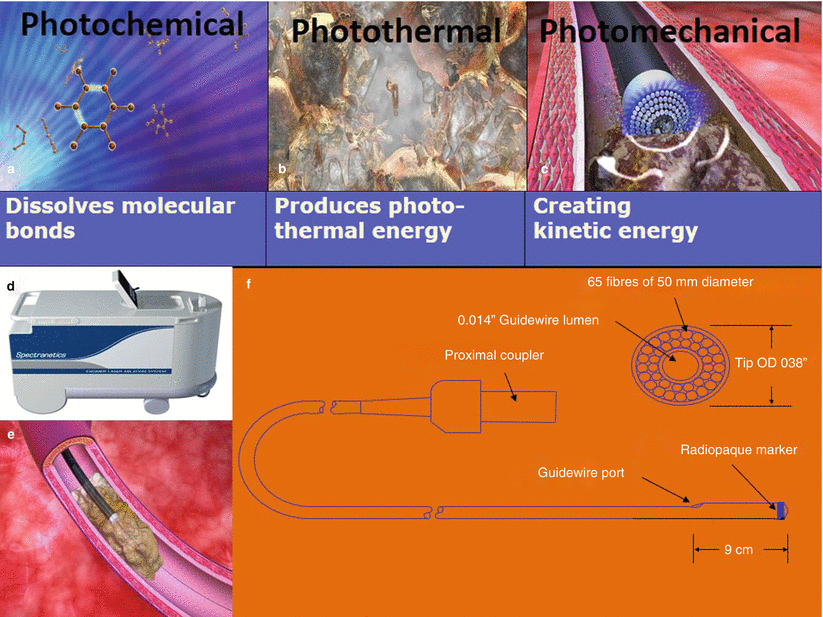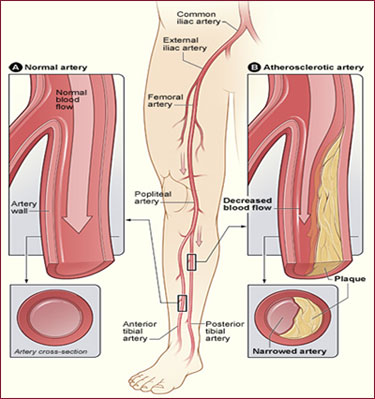To establish success and complication rates of excimer laser coronary atherectomy elca in a contemporary series of patients with balloon failure during percutaneous coronary intervention pci of both chronic total occlusions cto and lesions with distal timi 3 flow.
Laser atherectomy for coronary artery disease.
Peripheral laser atherectomy uses a catheter that emits high energy light laser to unblock the artery.
Once the tube reaches the narrowed portion of the artery a cutting device whirling blade such as rotational atherectomy or a laser beam can be used to remove the.
One patient died from coronary perforation directly related to elca.
Today laser atherectomy is more frequently used in peripheral arterial disease than in coronary disease.
4 absorption depth is a critical component of atherectomy because the interaction between tissue type and wavelength varies and the potential for perforation or dissection exists.
16 the ultraman registry indications and outcomes of excimer laser coronary atherectomy.
17 bader et al.
If you have peripheral artery disease p a d in your legs peripheral laser atherectomy is just one procedure your physician might recommend.
We identified 58 cases of balloon failure treated with elca rotational atherectomy ra over four.
Wavelength determines absorbed scattered energy and penetration depth and longer wavelengths generally have weaker absorption.
During the procedure a thin flexible tube a catheter is inserted through an artery in the groin or arm and carefully guided into the coronary artery that is narrowed.










